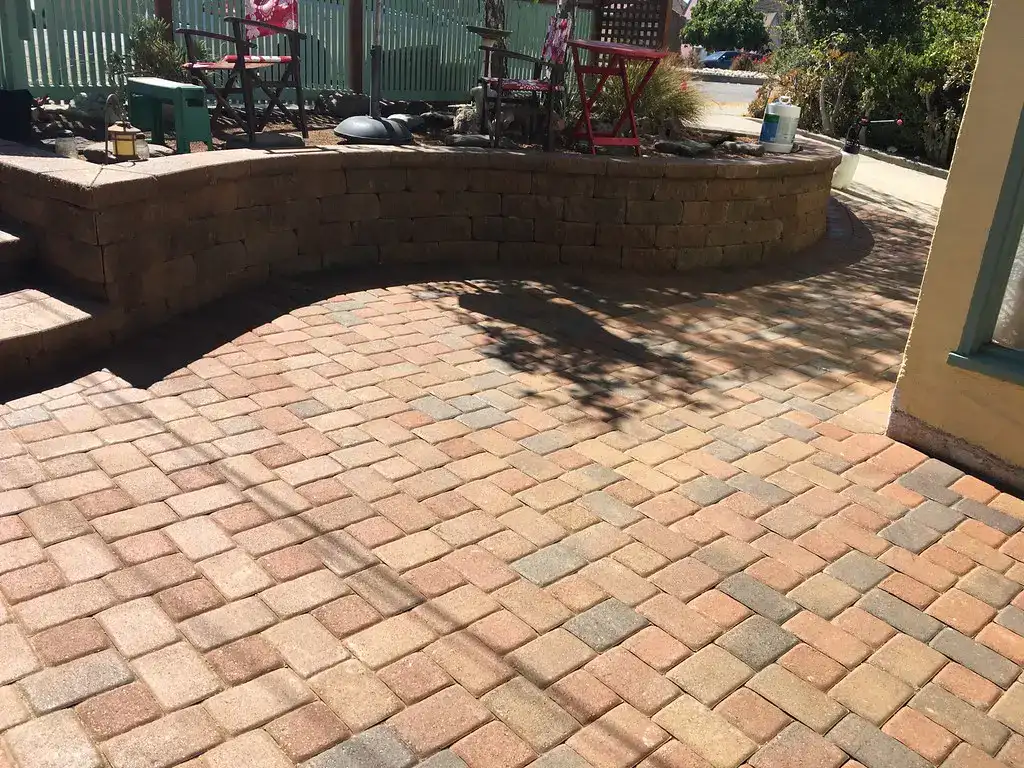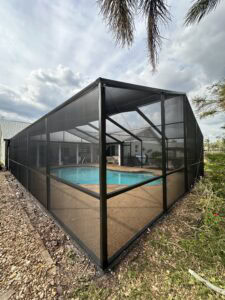Essential Paver Install Tools for a Smooth and Durable Finish
When it comes to paver installation, having the right tools can make or break your project. You need precision, efficiency, and safety to achieve a durable finish. From measuring devices to cutting tools, each piece plays a vital role. Understanding which tools are essential for success will simplify your workflow and improve the final result. Let’s investigate the must-have tools that every DIYer and professional should consider for their next paving project.
Why Having the Right Tools Matters for Paver Installation
When you’re installing pavers, having the right tools isn’t just a convenience—it’s essential for achieving a professional finish. The tools needed to install pavers significantly impact the quality and durability of your project. For instance, a plate compactor guarantees a solid subbase, while flat and pointed shovels help in efficient material handling. Using a wheelbarrow simplifies debris removal and soil transport, making the process smoother. Additionally, landscaping tools for pavers, like a level and framing square, assure precision in measurements and alignment. Choosing the right equipment not only improves efficiency but also boosts the aesthetic appeal of your installation, assuring a long-lasting and visually striking outdoor space. Invest in quality tools to uplift your paver installation experience.
Must-Have Tools for Measuring and Marking Pavers
Achieving a professional finish in paver installation heavily relies on the precision of your measurements and markings. Essential paver laying equipment includes laser levels for consistent accuracy over large areas, tape measures for precise measurements, and angle scribes that improve your project’s aesthetics. Red lead pencils help mark surfaces clearly, guaranteeing visibility against stone. Remember the adage, “measure twice, cut once”; precise markings can prevent costly errors. Durable layout tools minimize gaps and misalignments, promoting efficiency and quality. Investing in high-quality marking tools not only saves time but also assures superior outcomes, ultimately boosting the longevity of your installations. Equip yourself with these must-have tools to guarantee success in your next project involving cutting tools for patio pavers.
Best Tools for Cutting and Shaping Pavers
Selecting the right tools for cutting and shaping pavers is crucial for guaranteeing a precise fit and a polished look in your installation project. A masonry wet saw is ideal for clean cuts, especially for intricate designs. If you’re working with concrete pavers, a brick splitter allows for quick, efficient splitting. For more manual control, use a hammer and chisel—score the paver first to avoid irregular breaks. For curved cuts, a circular saw or angle grinder works best, but remember to protect your saw base with painter’s tape. Finally, understanding how to use a plate compactor for pavers is fundamental to guarantee a smooth, level surface after cutting and shaping. Always prioritize safety by wearing goggles and a dust mask.
Top Tools for Leveling and Compacting the Base
After ensuring your pavers are accurately cut and shaped, the next step is leveling and compacting the base to provide a stable foundation for your installation. For cohesive soils, consider a gas-powered tamping rammer, like the Tomahawk Power TR68H, providing an impressive 3,350 lbs per square foot of compaction force. If you’re in a sensitive environment, opt for an electric model. For granular soils, a forward plate compactor, such as the Tomahawk Power TPC80, is cost-effective and efficient. For tighter spaces, a reversible plate compactor offers higher compaction force without needing to turn. Lastly, if you’re tackling larger areas, a ride-on roller will expedite the process significantly, ensuring a solid base for your paving project.
Recommended Safety Gear and Cleanup Tools for Paving Projects
While paving projects require careful planning and execution, prioritizing safety gear and cleanup tools is essential to guarantee a smooth process and protect everyone involved. Start by establishing a clear work area, using bright safety vests, hard hats, safety glasses, and hearing protection to assure visibility and minimize risks. Implement traffic control measures to keep pedestrians and vehicles away. Equip your team with a thorough safety plan, making certain everyone understands their roles and procedures for unexpected incidents. For cleanup, deploy heavy-duty brooms and vacuum systems to maintain a tidy worksite, reducing hazards. Regularly check equipment alarms and confirm only qualified personnel operate machinery, enhancing both safety and project efficiency. Remember, a proactive approach to safety is key to success.
Frequently Asked Questions
How Do I Maintain My Paver Installation Tools?
To maintain your paver installation tools, clean them after each use, check for wear regularly, lubricate moving parts, and store them in a dry, organized space. This guarantees longevity and optimal performance for your projects.
Can I Rent Paver Installation Tools Instead of Buying?
Yes, you can rent paver installation tools instead of buying. Renting allows you to access specialized equipment without the upfront cost, making it easier to tackle your project while keeping expenses manageable and flexible.
What Is the Average Cost of Paver Installation Tools?
The average cost of paver installation tools varies widely, ranging from $50 to over $1,500, depending on the tool type and quality. Investing wisely can improve your efficiency and project outcomes significantly. Consider your specific needs.
Are There Eco-Friendly Tools for Paver Installation Available?
Yes, there are eco-friendly tools for paver installation available. Look for tools made from recycled materials or those designed to reduce energy consumption. These innovations help you minimize your environmental impact while achieving excellent results.
What Common Mistakes Should I Avoid During Paver Installation?
When installing pavers, avoid uneven surfaces, neglecting proper drainage, and skipping base preparation. Make certain you’re using the correct tools and techniques to prevent future issues. A little attention now saves major headaches later.
Conclusion
In summary, investing in the right tools is vital for successful paver installation, whether you’re a DIYer or a professional. With essential equipment like masonry wet saws, plate compactors, and laser levels, you can guarantee precision and durability in your projects. Don’t overlook the importance of safety gear to protect yourself on the job site. By equipping yourself with these must-have tools, you’ll improve both the quality and longevity of your paving work.








